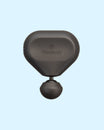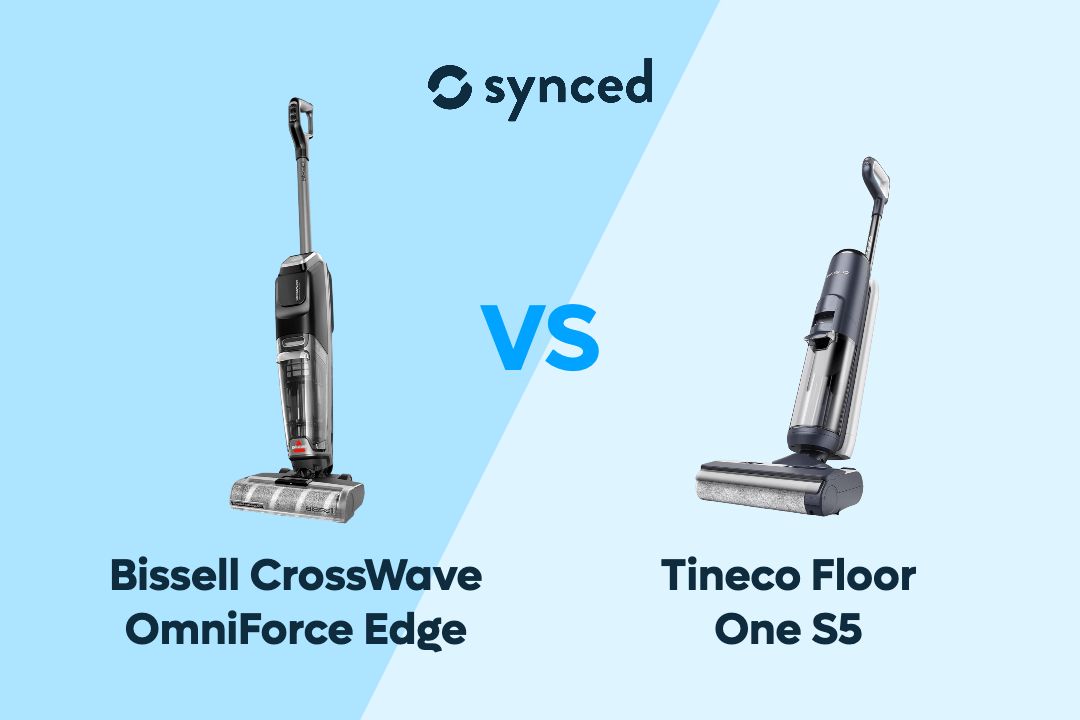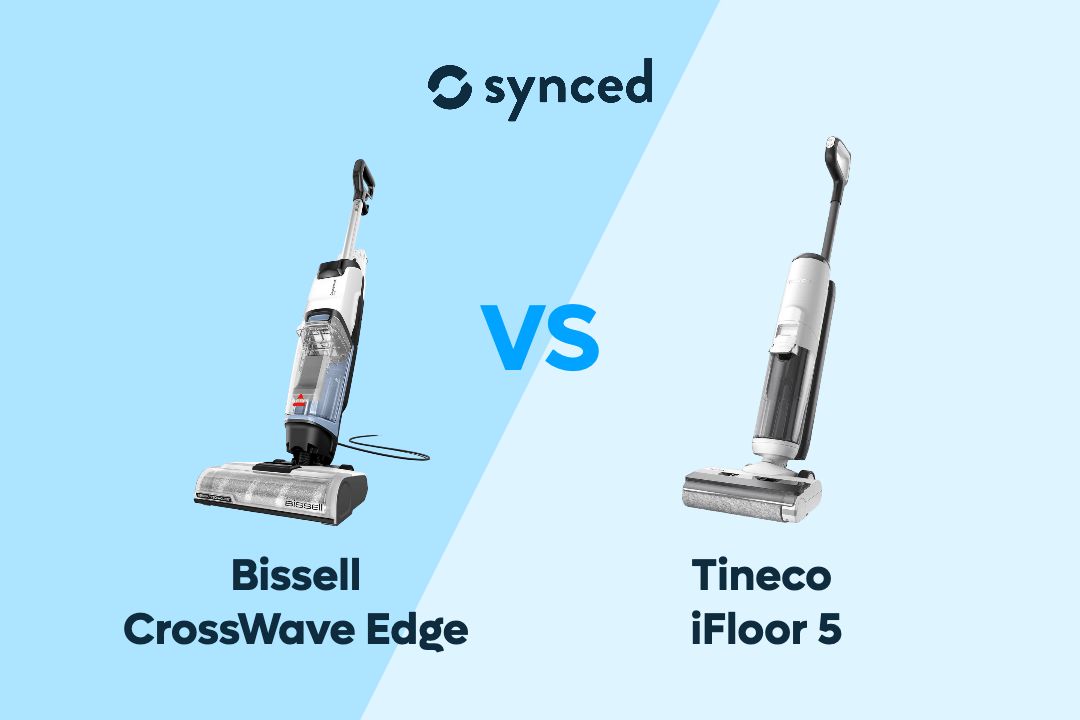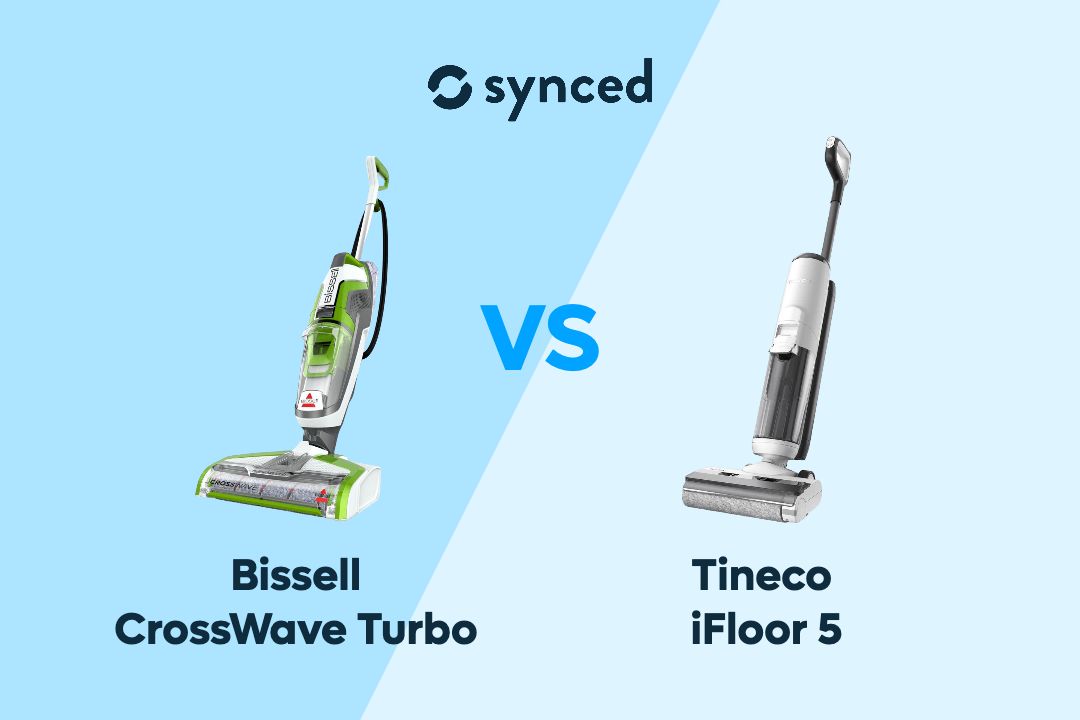Hisense U6K vs U7K: Key Differences
By Naila Syifa
Updated August 2024

Hisense U6K and Hisense U7K are some of the 2023 models in Hisense's lineup of Mini-LED ULED 4K TVs. The U6K is the entry-level model, while the U7K caters more to the mid-range market seeking a balance between performance and affordability.
In this article, we'll explore the key differences between the two models across 4 key aspects - design, audio, gaming features, and connectivity. Let's see how they stack up against each other.
Key Takeaways
Hisense U7K is more well-equipped with 144Hz support, a built-in subwoofer, and a game bar. Meanwhile, the U6K is limited to 60Hz with no subwoofer or game bar. The U7K's display is also brighter at 1000 nits maximum peak brightness compared to 600 nits in the U6K.


Hisense U6K Mini-LED ULED 4K Google TV
2023 Entry-Level
✓ Full Array Local Dimming
✓ Peak Brightness 600 nits
✓ Hi-View Engine
✓ Game Mode Plus

Hisense U7K Mini-LED ULED 4K Google TV
2023 Mid-Range
✓ Full Array Local Dimming
✓ Peak Brightness 1,000 nits
✓ Hi-View Engine
✓ 144Hz Game Mode Pro
#1 Display

Hisense U6K
Both TVs offer the same mini-LED display with a full array of local dimming, providing equally excellent contrast and HDR performance. The key display distinction between the two is apparent in terms of brightness, with the U7K having an edge with up to 1000 nits of maximum peak brightness compared to the U6K with up to 600 nits.
Another difference concerns the refresh rate, with the U6K offering a maximum refresh rate of 60Hz, while the U7K boasts a 120Hz native refresh rate (144Hz with VRR) for smoother motion handling.
Other display specs are largely similar, with both supporting Dolby Vision, HDR10, HDR10+, and HLG HDR formats. Quantum Dot color technology on both TVs ensures vibrant and accurate color reproduction, while the Hi-View Engine processor powers the image processing capabilities.
#2 Audio

Hisense U6K vs U7K
Hisense U6K and U7K offer 2.0 and 2.1 audio channels respectively, with the U7K having the advantage of a built-in subwoofer for more impactful bass performance. This also results in a more powerful total audio output of 40W, which is twice the 20W output of the U6K.
Both TVs also support Dolby Atmos, but the U7K has an advantage with DTS:X support, an audio codec that provides a more immersive multi-dimensional surround sound experience compared to the DTS HD in the U6K.
#3 Gaming Features

Hisense U7K
Hisense U6K is equipped with Game Mode Plus, a suite of gaming features that includes auto low latency mode (ALLM), eARC, and variable refresh rate (VRR) up to 60Hz. Though it is already a capable gaming TV, the Hisense U7K takes it a step further with a native 120Hz panel and support for VRR up to 144Hz, providing a smoother and more responsive gaming experience, perfect for action-packed games.
The Game Mode Pro in the U7K also includes a Game Bar for quick access to gaming-centric settings and information, as well as AMD FreeSync Premium Pro for tear-free and low-latency gaming. This makes the Hisense U7K more well-equipped for serious gamers.
#4 Connectivity

Hisense U6K
While the Hisense U6K relies on Wi-Fi 5, the U7K supports the new Wi-Fi 6E standard, which provides faster and more reliable wireless connectivity. However, a compatible Wi-Fi 6E router is required to take advantage of this feature, so this difference doesn't make a significant impact for most users unless they have a Wi-Fi 6E-enabled router in their home network.
Both TVs also come with 4 HDMI ports and 2 USB ports each, but the Hisense U7K has the advantage of including one USB 3.0 port and two HDMI 2.1 ports that support 4K@144Hz. Meanwhile, the two USB ports on the U6K are USB 2.0 while all of its HDMI ports are HDMI 2.0 that are limited to 4K@60Hz.
Hisense U6K vs Hisense U7K
Final Thoughts

Hisense U7K
The Hisense U7K's superior gaming features, including a 120Hz native refresh rate, VRR support up to 144Hz, and a dedicated Game Bar, make it the better choice for serious gamers. Additionally, the U7K's more powerful audio setup with a built-in subwoofer and DTS:X support provides a more immersive multimedia experience. The display is also brighter at 1000 nits maximum peak brightness compared to 600 nits in the U6K.
However, the U6K remains a capable and affordable option for those who don't require the advanced gaming and audio capabilities of the U7K. Ultimately, the decision will depend on the user's specific needs and budget.
If you like to read more about Smart TVs, check out our other relevant guides here:
Hisense U6N vs U7N
Hisense U7N vs U8N
Hisense U7K vs U8K
Hisense U6K vs U6N
Hisense U7K vs U7N
Hisense U8K vs U8N
Hisense U7N vs U8K
Don't miss out on tech
Subscribe to our newsletter to stay up to date on the latest tech trends and guides on the best gadgets around.







